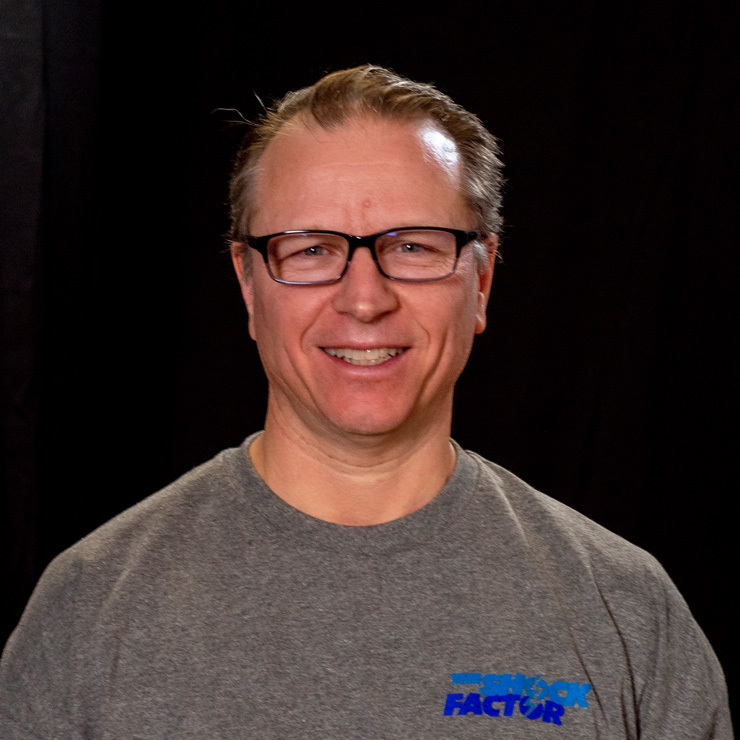Banking on his experience as a kayaker, Vincent explains that in sea kayaking, you’ll often find yourself in the water. Such occurrences may not be of consequence. For example, when in France the canoe he was in capsized and neither he nor the friend accompanying him were wearing a life jacket. However, despite the mild temperature and the rather warm water, and without any dire consequences for them, he admits to having been surprised by this sudden capsize.
Things were quite different during an outing on Lake Saint-Louis a few years ago, in May. Vincent says: “It was the typical experience of the kayaker who is self-assured, but who does not understand the weather conditions well enough”. Alone and lightly dressed, surprised by a wave, he capsized. Seized by the cold at the start of the season, Vincent had to try three times to put his kayak right side up. “I didn’t panic because I had my lifejacket on.” However, the effort to get his kayak upright exhausted him and he said he had to calm himself down to avoid a mounting panic. Looking back, he says: “That incident really made me realize the importance of wearing a lifejacket because without a lifejacket I would have had to call for help, because I was exhausted”.
Vincent says it’s important to wear a lifejacket, especially since the waters are generally cold in Canada. A philosopher, he adds that as we age, we become more serious and more aware of the consequences…




